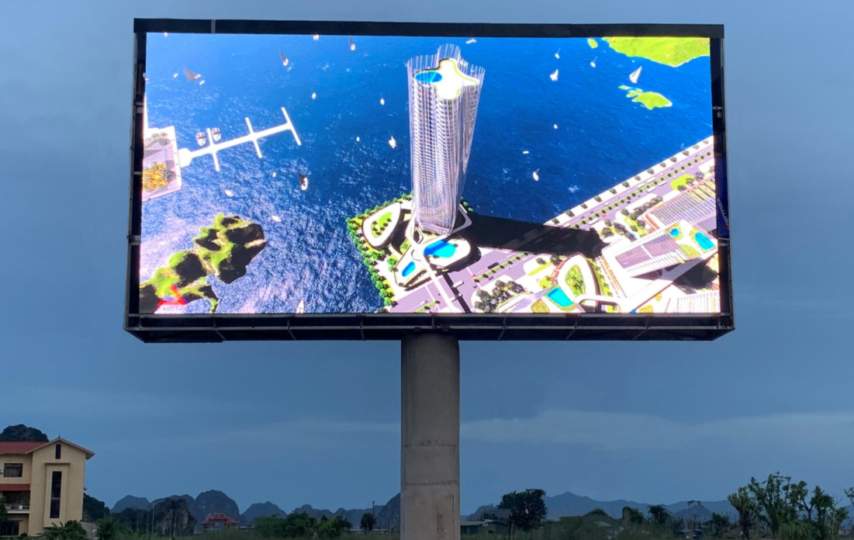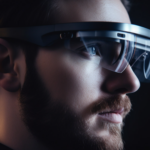As the demand for high-definition LED displays continues to grow, the LED screen industry is evolving towards higher resolutions. LED display manufacturers like IAMLEDWALL are now focusing on developing micro-pitch LED screens to meet the increasing demand for sharp and clear visuals. In this blog post, we will explore the top 10 technologies involved in the production of micro-pitch LED display screens.
Packaging Technology:
For indoor P2 micro-pitch LED displays, the chip model is SMD1515, SMD2020 for P2.5 to P5, and SMD3528 for P6 to P10.
Traditional L or J packaging is not suitable for ultra-small pitch packaging. Instead, manufacturers use QFN packaging, eliminating side soldering, reducing reflections, and improving color reproduction.
Mounting Technology:
Mounting technology requires high precision for RGB devices. Deviations during mounting can result in uneven screen displays or the failure to mount the intended number of LEDs on the PCB.
High-precision imported mounters are employed to ensure the vertical accuracy of the packaged components.
Soldering Process:
The reflow soldering process involves applying solder paste to the PCB, mounting LED chips, and reinforcing them through high-temperature reflow soldering.
Careful control of reflow parameters, including temperature zones, cycle airflow, and temperature rise, is crucial to prevent device displacement and ensure reliable soldering.
Printed Circuit Board (PCB) Technology:
Micro-pitch LED displays typically use 6-layer PCBs compared to 4-layer PCBs in traditional LED screens.
Laser drilling technology is preferred for fine via and buried hole designs, ensuring precise and narrow trace spacing to meet the demands of micro-pitch LED displays.
Printing Technology:
The amount of solder paste applied during PCB printing is critical for the welding quality of micro-pitch LED displays.
The thickness of the stencil, solder paste quantity, and opening size in the PCB design all affect the printing quality, making communication between PCB manufacturers and LED display manufacturers crucial.
Gray Level:
Gray level refers to the variation in color intensity between peak darkness and peak brightness. Micro-pitch LED displays typically have a higher gray level, often 16-bit, allowing for more detailed color representation compared to the 14-bit gray level of traditional high-definition LED displays.
Refresh Rate:
Micro-pitch LED displays boast higher refresh rates, usually around 3000Hz to 3840Hz and even higher. A higher refresh rate contributes to sharper, more stable, and less flickering images.
While a refresh rate of 1920Hz may suffice for conventional high-definition LED displays viewed from a distance, micro-pitch displays with refresh rates of 3840Hz or higher are preferred for close-distance viewing in applications like live broadcasts and stage performances.
Panel Assembly:
Due to the smaller pitch and higher density, micro-pitch LED displays require careful panel assembly to prevent damage to LEDs and ensure uniformity.
Precision in panel assembly is vital to avoid dark or bright lines caused by uneven spacing between LEDs.
Cabinet Jointing:
The material for micro-pitch COB LED display cabinets is typically die-cast aluminum. Cabinet assembly influences the flatness of the screen, and the tolerance of the cabinet and cumulative tolerance during assembly can affect the overall flatness.
To address this, LED display manufacturers use 3M tape or adjust nuts to minimize the gap between cabinets, ensuring a seamless joint.
Control System:
Common control systems for LED displays include Linsn, Nova, and Colorlight. These systems not only control content playback but also facilitate calibration.
Point-by-point calibration enhances brightness uniformity and color accuracy, reducing issues such as bright or dark lines and uneven brightness and color.
Conclusion:
The development of micro-pitch LED displays marks a significant stride towards achieving higher resolutions and superior visual experiences. The integration of advanced packaging, mounting, soldering, and control technologies ensures that micro-pitch LED displays deliver unparalleled clarity, color accuracy, and reliability in a variety of applications.








